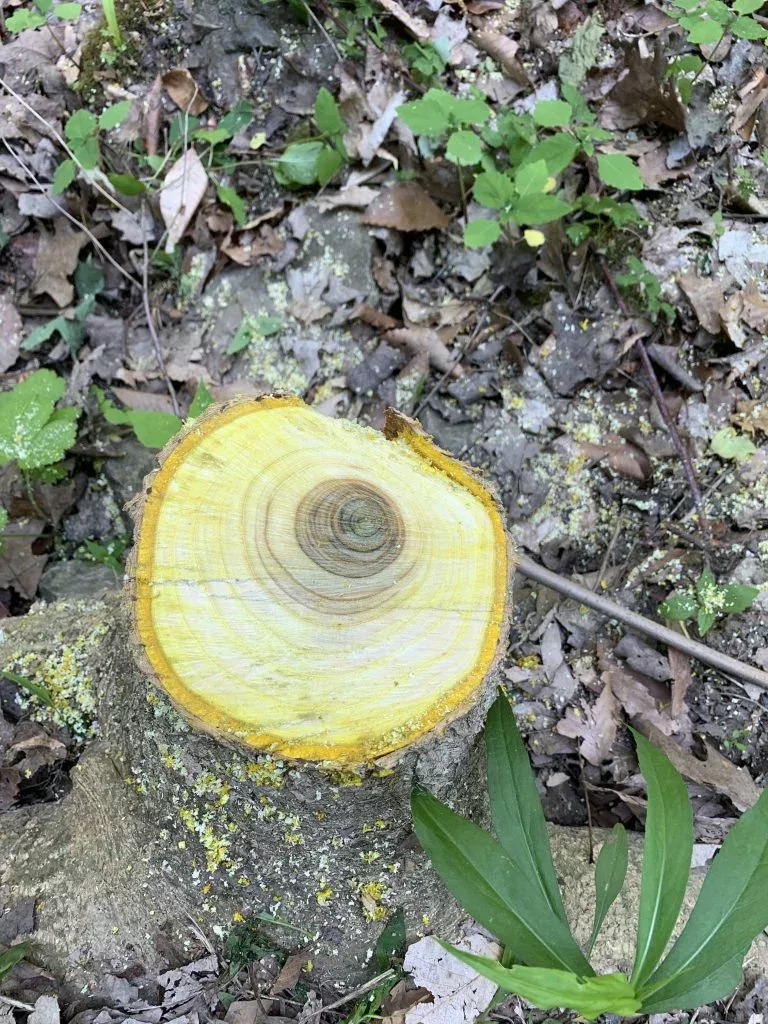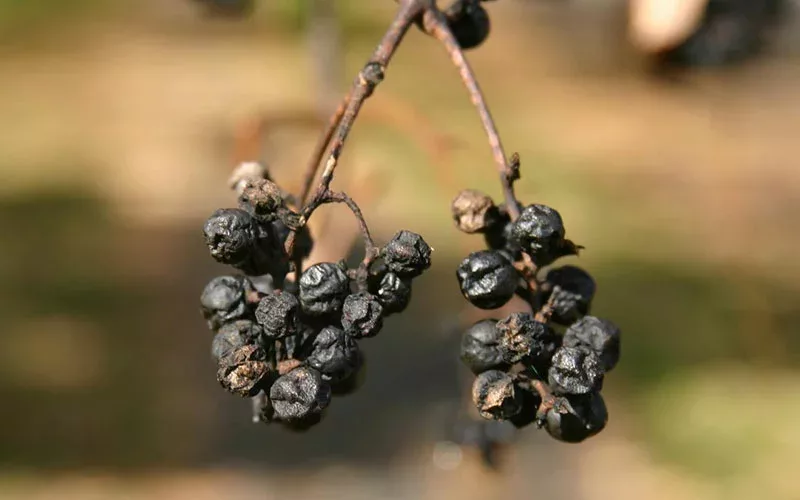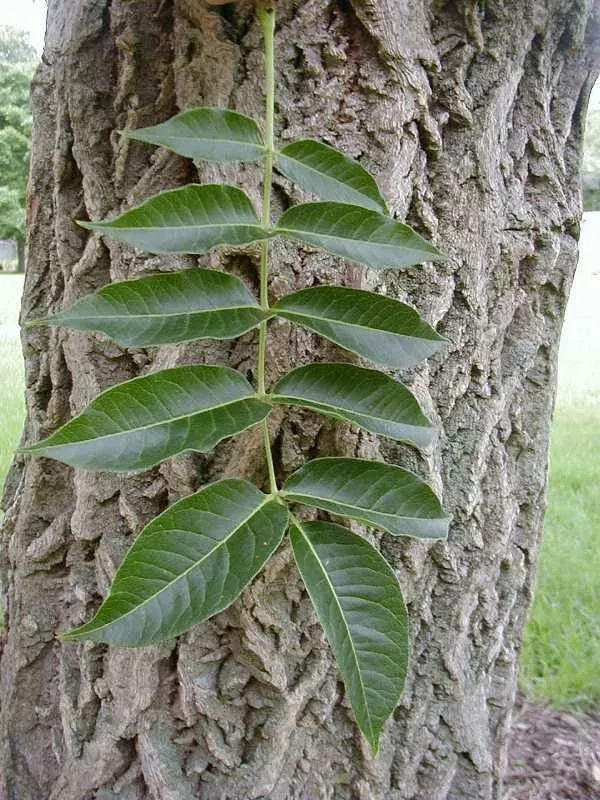
Amur cork tree is a deciduous tree that can grow up to 40 feet tall. It has opposite, compound leaves that are divided into 5 to 11 lance-shaped leaflets and smell of citrus or disinfectant when crushed. This species is dioecious with female trees that produce clusters of small, green flowers in late spring that develop into drooping clusters of small, round, black fruit in mid-fall. Fruits remain on trees through the winter. Amur cork tree has corky, grey, furrowed outer bark and vibrant yellow inner bark.



Amur cork tree invades disturbed woodland habitats, forest edges, roadsides and urban areas. It can grow in full sun to densely shaded areas and is drought, flood and pollution tolerant.

Amur cork tree stands create shaded areas that can prevent the establishment of native trees, shrubs and herbaceous plants. This species also releases allelopathic chemicals into the soil that harm native plant species and soil microorganisms. The fruit of amur cork tree is less nutritious than that of native species and may be detrimental to bird populations.

Management should prioritize the removal of female amur cork trees first to reduce seed production. Smaller seedlings and saplings can be hand-pulled or foliar treated with herbicide. Larger trees can be cut and treated with herbicides, basal bark treated or girdled. Trees will re-sprout if cutting is not followed up with herbicide treatment. Any successful management strategy will require a multi-year effort.
